We are reaching the end of a particularly brutal summer, so it is time for a garden update!
Let’s start with the obvious. Visitors will notice that the plants in the garden – with some notable exceptions that I’ll mention later – have faded to the subtle colors of dormancy. Leaves have fallen from golden currants and elderberries, leaving bare stalks and stems. The leaves of others have simply shrunk and curled in place. Some leaves wait to expand again with the winter rains. Many will fall off later in the season. Nearly everything, both native and non-native, is in the watchful sleep of dormancy.
Arlington garden is by mission a mediterranean-climate garden. We grow plants adapted to climates with dry summers and mild, wet – or, at least, wetter – winters. There are only five regions on the planet with this weather pattern, which means we are lucky to garden here.
DORMANCY VS. DROUGHT
At the end of summer, many plants from mediterranean climates look like they have died. Partly this isbecause we are applying standards of health more appropriate to the plants of other regions. Native and other mediterranean plants do not look saturated in summer. This is their season of intermission — of graceful fading.
Our cultural perceptions of plant health are not the entire story, of course! The dry summers of mediterranean regions do present real challenges to any organism. Many Californian and Mediterranean native plants thrive in these environments by adopting extreme survival strategies: defoliating to conserve moisture, changing color to better manage sun and high temperatures, or completely stopping growth. But they’re still alive! The yellow-green tissue within their stems signals vital energy awaiting growth, and their roots still cling to the soil. This past Tuesday, volunteers walked around the garden performing the “scratch test” (see image below) on dry, dead-looking plants. The results were that the patients are mostly alive and well, with some notable exceptions.
Water “stress” in mediterranean plants is a normal part of their lives. In this record-setting drought, however, some of the garden’s plants are unusually stressed or have indeed perished. The copse of London plane trees by the formal entrance on Arlington Blvd. is an example of unusually drought-stressed plants. Some of them may already be dead. Several large mallows near the pine forest area are also struggling. The occasional plant has given up the ghost to drought. The garden will need to decide whether to replace these specimens with lower-water or higher-heat alternatives.
NOTABLE EXCEPTIONS
An assort of plants in the garden are in active growth despite the extreme weather. Some of these are riparian plants such as our native western sycamore pictured above (Platanus racemosa). Others are desert adapted plants (not mediterranean plants) such as Agaves and Pachypodiums. Still others – such as manzanita subspecies lack the same dormancy adaptations as other local plants and keep their green, waxy leaves all year.
The Washington navel orange grove, of course, is still in active growth and new oranges are beginning to form. The grove is slowly starting to rebound after we installed a new irrigation system with the help of OBA. Thanks is also owed to the hard work of capri our citrus expert!
HABITAT GARDENING
Visitors to the garden will notice that trimmings from herbaceous perennials and shrubs have been left in the planting beds. Leaves have been allowed to stay where they fall. Dried flowers and seed heads persist on their stalks. This is done, of course, completely on purpose.
Arlington Garden is, as our mission statement says, a habitat garden. We aim to provide a functioning ecosystem for plants, insects, birds, other animal species including human beings. Humans are the principal users, of course, since we’re the ones paying for it! But human beings aren’t the only users. Seed heads are left to persist as food for birds and insects. Leaves and cut stalks are left on the ground as food for detritivores and shelter for a universe of tiny soil-dwelling creatures.
This vision of gardening is quite different from what we might call the “standard model,” which prioritizes human relaxation and curb appeal above all else. According to that model, gardens nurture other forms of life only insofar as they serve human aesthetic or recreational satisfaction. A bird bath might be appropriate, for instance, because of the visual interest it generates. And it is no fault of a lawn – given its ultimate purpose – that it lacks animal life. Habitat gardens, in contrast, serve humans but also the rest of our local ecosystem.
REGENERATIVE GARDENING
Because Arlington is a habitat garden, we use some gardening techniques that foremost benefit wildlife. The specific toolbox of techniques that we use is called “regenerative gardening,” which promotes soil health by avoiding tilling and digging, mulching copiously, and eschewing pesticides, herbicides, and most fertilizers (we use organic fertilizers in the orange grove). Pests are managed by beneficial garden allies such as wasps, lacewings, and ladybugs.
Visitors learn to see and appreciate gardens in new ways, to glorify lizards and furry bees along with flowers and fountains and all the rest – to value a new aesthetic of outdoor spaces and embrace the systemic casualness of the natural world. This is in part how we aim to fulfill our mission and offer learning, inspiration and enjoyment for all.

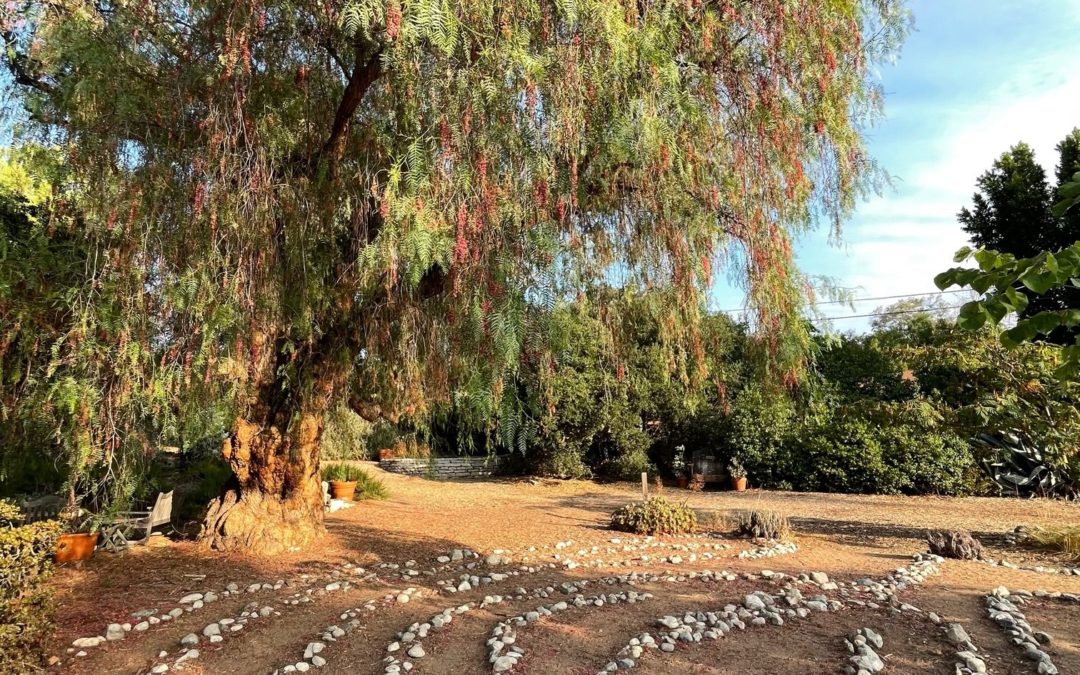
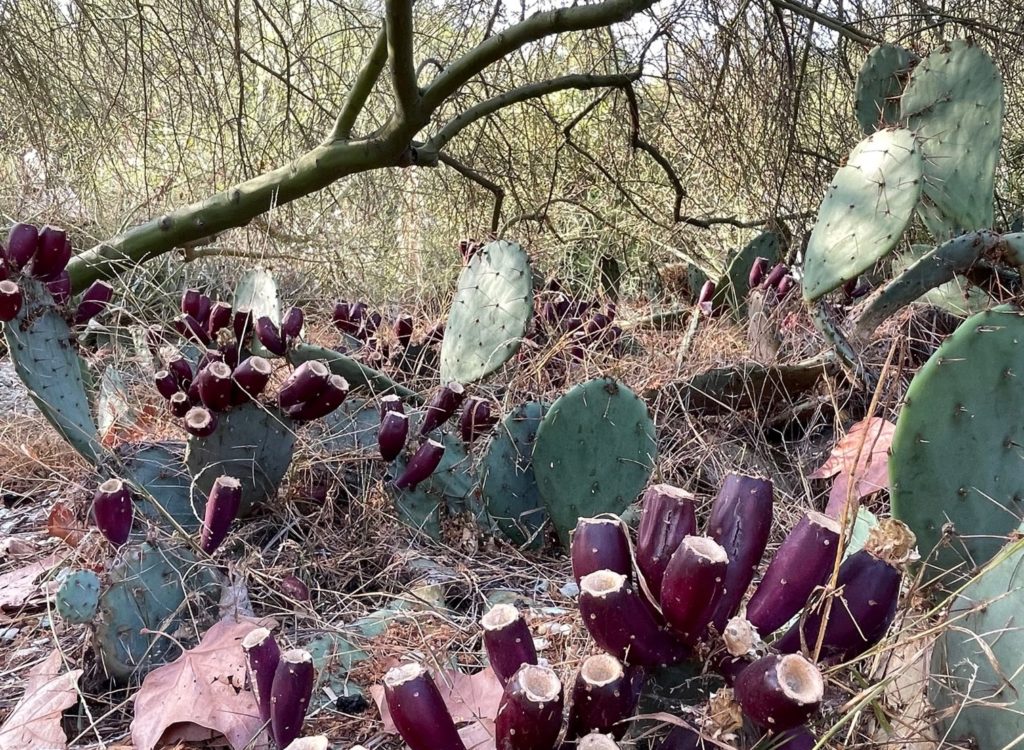
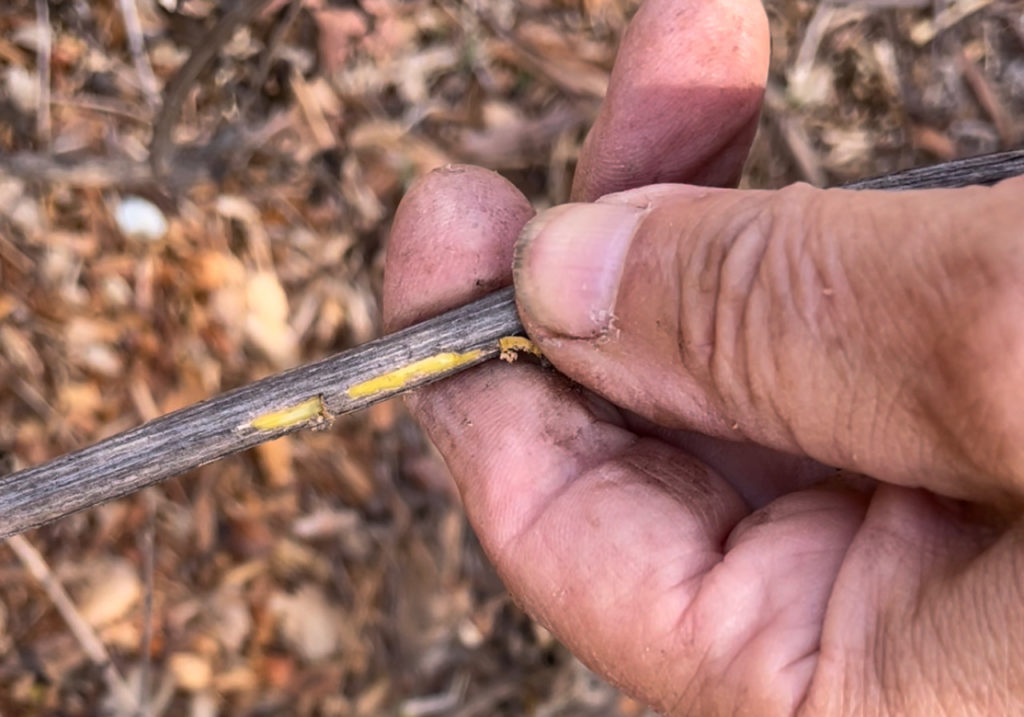
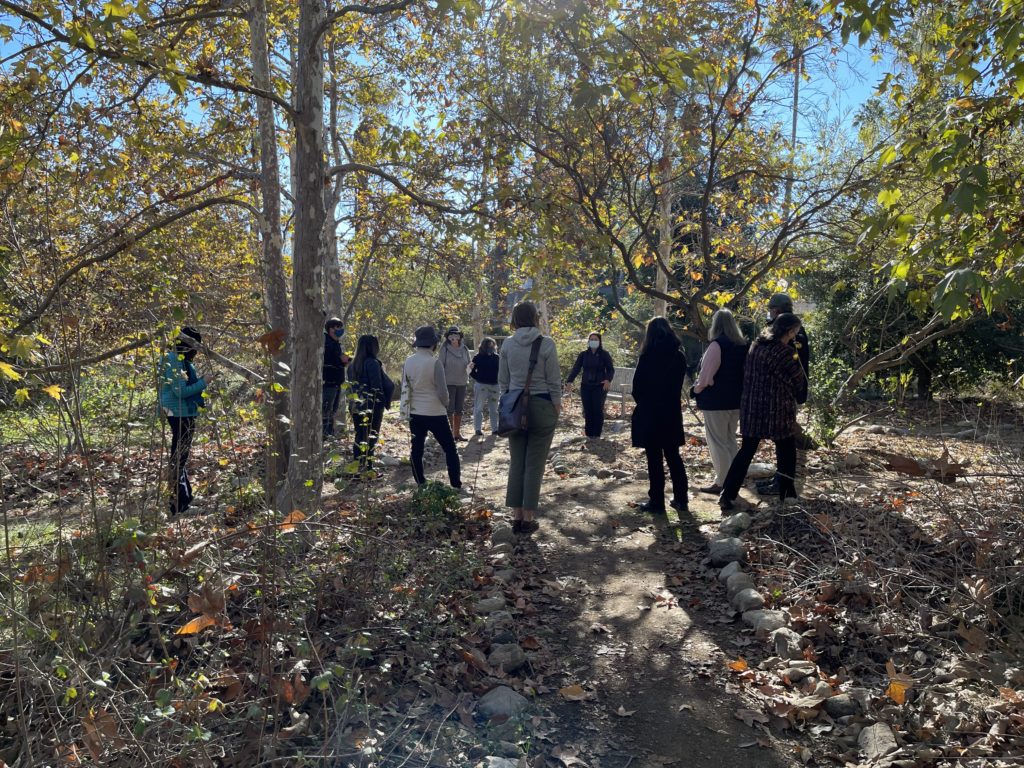
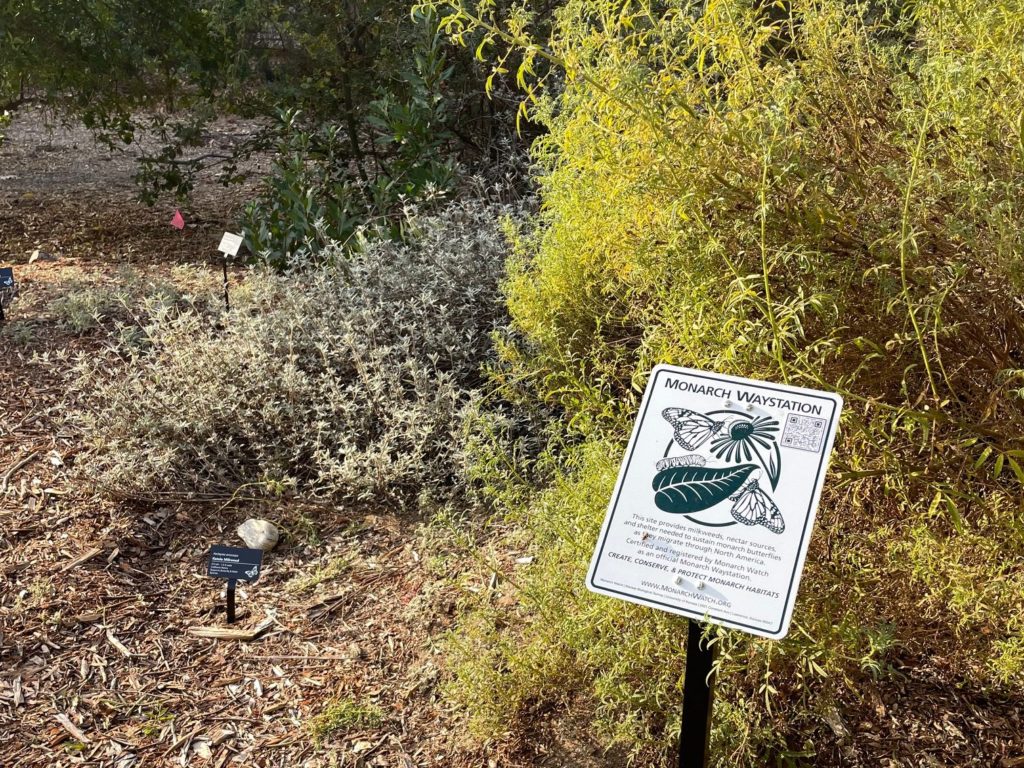

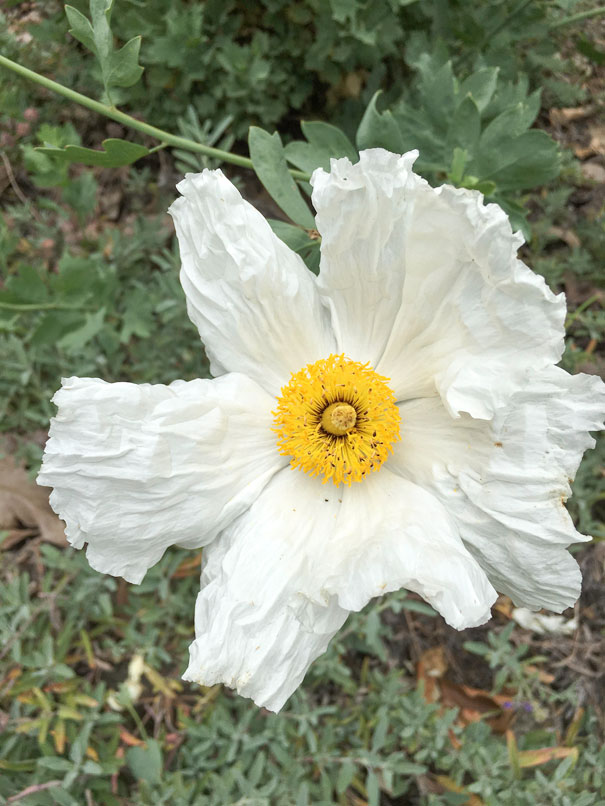
Recent Comments